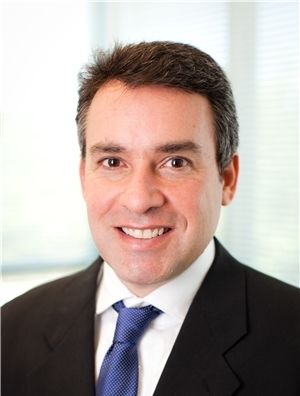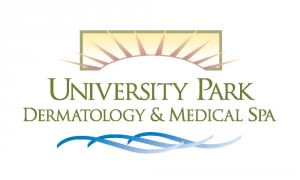How Can Skin Cancer Be Detected Earlier?

Dr. David Sax
Who gets skin cancer?
Anyone can get skin cancer, but common risk factors include ultraviolet light exposure, genetics and family history, history of sun-burns, or people with fair skin, blue eyes and blonde hair. Skin cancer is very common, and millions of people a year are affected.
“Our digital dermatoscope device magnifies the mole or lesion, which can aid in early diagnosis of skin cancer.”
What does skin cancer look like?
There are several types of skin cancer, each of which can have a different appear-ance. Melanoma is the deadliest form of skin cancer, but it is 99 percent curable when detected and treated early. Knowing the early warning signs or, ABCDEs, of melanoma, can be helpful in early detec-tion: (A) asymmetric lesions, (B) irregular or jagged borders, (C) varied color or pigmentation, (D) diameter larger than a pencil eraser, and (E) evolving or changing skin lesion. Squamous cell carcinoma can appear as a red bump or scaly patch that doesn’t heal. Basal cell carcinoma is the most common form of skin cancer and can appear as a pimple-like lesion or pearly bump.
What technologies are available to help detect melanoma?
Beyond visual inspection with regular screenings, there are several tools that can be helpful for the dermatologist. In our office we use digital photography as well as useful tool called a dermatoscope. Our digital dermatoscope device magnifies the mole or lesion, which can aid in early diag-nosis of skin cancer. We also are the first office in Sarasota to use Melafind, which is a unique computerized device that scans moles with different wavelengths of light to detect melanoma in its earliest, most curable stage.
As the recipient of a full science scholarship to Penn State University, Dr. Sax graduated Phi Beta Kappa with honors for his two bachelor’s degrees. He completed medical training at Thomas Jefferson University, his internship at Penn State Medical Center, and dermatology residency at the University of Michigan. He then spent an additional year in Columbus, Ohio, training in skin cancer surgery, including Mohs Micrographic Surgery.
ABOUT
Dr. Sax started University Park Dermatology practice in Sarasota in 2001 and its adjoining medical spa Sanctuary at the Park in 2006.

CONTACT (941) 360-2477
LOCATIONS 8451 Shade Avenue, Suite 205, Sarasota, FL 34243
13145 King Lakes Drive, Suite 104, Gibsonton, FL 33534